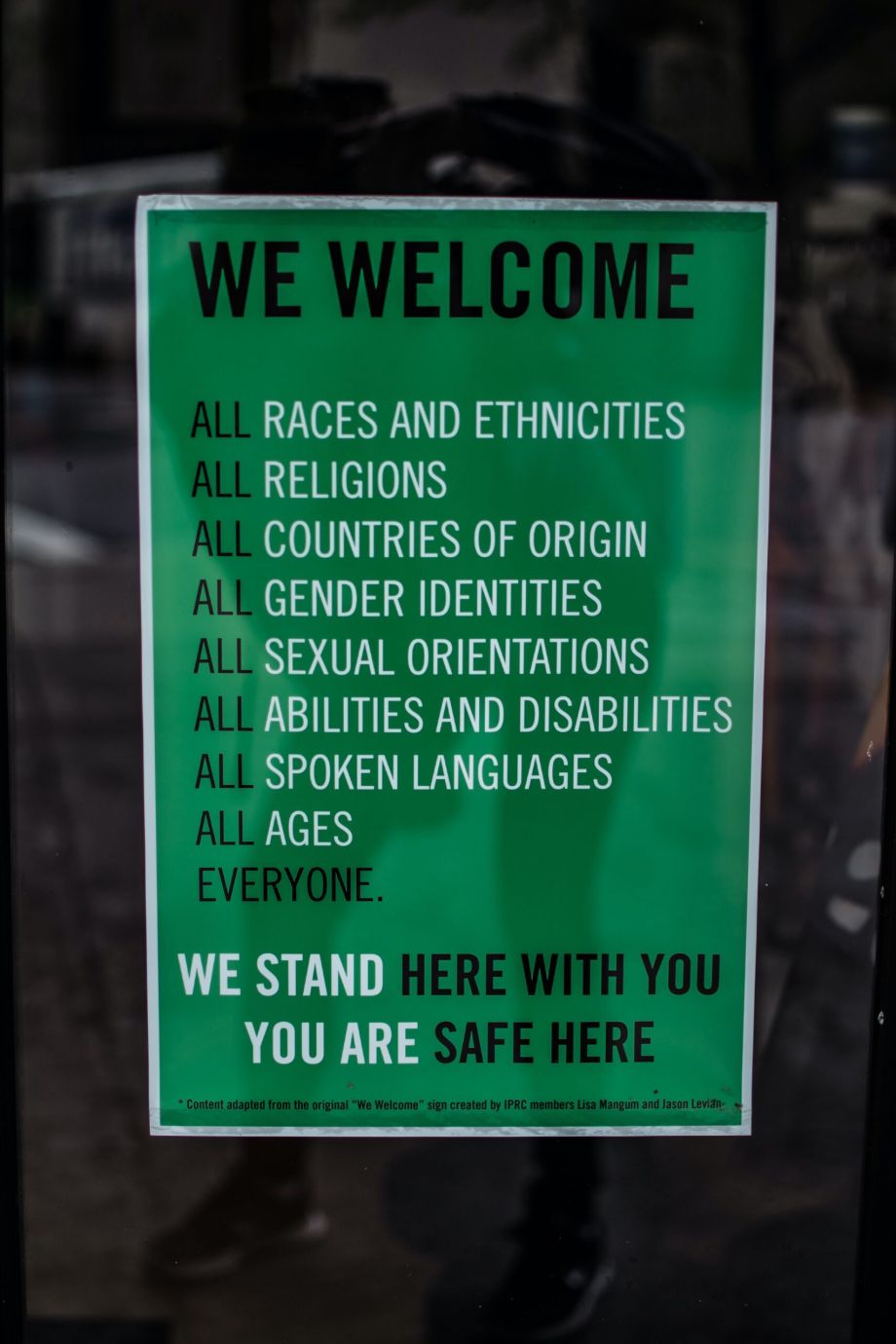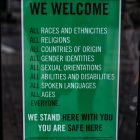
Why ‘Diversity & Inclusion’ starts and ends with words…
TPW is thrilled to welcome guest writer, Julia Edwards PhD from About Equality. Here she delves into how your organisation can level up your language to achieve greater equality and belonging for everyone involved in your business.
Back in 2020 Diversity & Inclusion leapt into common conversation with full force. With a powerful business case, and an undeniable moral one too, it’s an escalating and empowering dialogue that has grown massively in the past three years. Cutting across generations, today’s audiences and customers are seeking to spend their money and align their values with those who place D&I or DEI high on the agenda. Everyone, it seems, is talking about it. Yet progress towards desired outcomes has been slow. Is it perhaps time to look more closely at how we’re talking the talk? Is it time to look past the quotas, targets, and tick boxes – to level up our language and to look to words for the wins?
Beware leaving people at the door…
Welcome aboard, take a seat, make yourself comfortable! There is great power in the language we use to create inclusive and diverse cultures and opportunities. In a few seemingly simple phrases, the words that we choose have the power to either bring someone in or leave them at the door. Quite simply, words will attract our customers, clients, partners, employees, buyers, clickers, and followers. Or they will turn them away in search of our competitors.
We all want to be seen and heard for who we are, and we all want to be recognised in the spaces we move through. Language can have a huge impact if we feel that it is not referencing us. In 2021 British Airways followed a new wave of companies ditching the term ‘ladies and gentleman’ in favour of more gender-inclusive language. It may seem like a minor move but if you don’t identify with a commonly used term, then you are excluded every single day; every time you hop on a train, board a plane, take a seat.
Opportunities, not barriers
Words have the power make people feel visible, valuable, and included. When we use gender neutral announcements, we extend our services to more people. When we write about, for example, accessibility rather than disability we create opportunities rather than barriers. When we understand who is missing we can create the words that will welcome, include and attract. And when we fully appreciate the stories of the underrepresented, or the negatively represented, we can learn to speak their language and change the narrative on inequality.
Beware unconscious bias
In our collective responsibility to do better at D&I we can all learn to better flex our inclusive language. A good place to start is finding out key terms and how to use them. Language evolves to become more inclusive, not more confusing. We need to keep up with it – like we would with advances in technology. Learn the stories behind the labels and get to know the people you are writing for. What will bring them in or leave them out? Be aware of any bias – we all have unconscious bias – it creeps in silently and unannounced. Look out for the stereotypes, cultural appropriations and micro-aggressions that creep into our dialogue. Think about the narrative that you are creating. Who’s missing? Who’s being represented and how? Finally, not everyone will know or agree with the same terms as you and not every term fits for every person. But writing with awareness, respect and understanding means we’re keeping the doors open for a much wider audience, a much fairer representation, and in turn, a much bigger slice of the market. Welcome on board everyone!
As always, we’d love to hear your thoughts on this important topic – or any others in our newsletter series or on The Power of Words’ content page. Do get in touch: hello@thepowerofwords.co.uk
About the author






